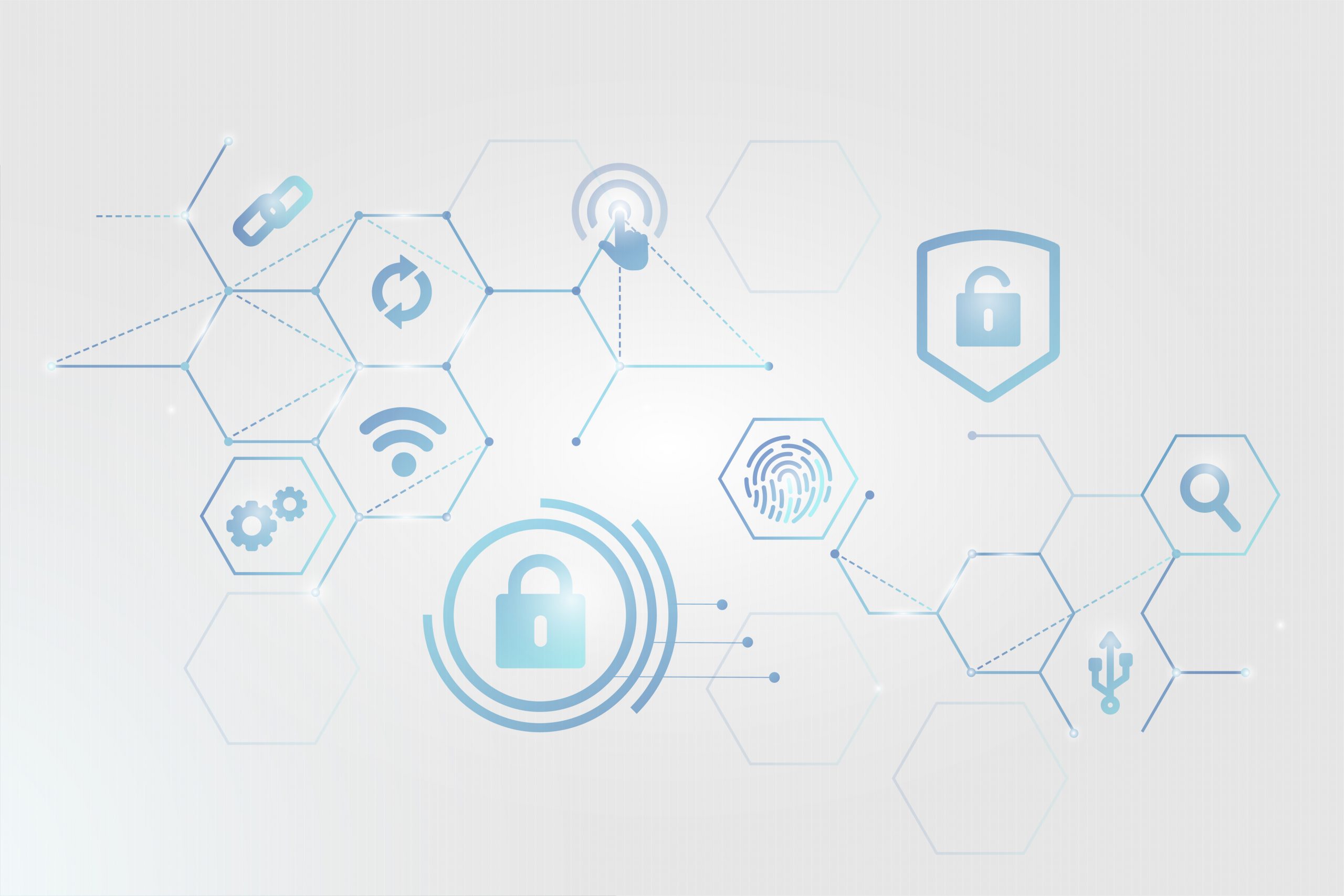[vc_row padding_top=”0px” padding_bottom=”0px”][vc_column fade_animation_offset=”45px” width=”1/1″][vc_column_text]Using a Public Key Infrastructure (PKI) is a great step for any organization choosing to prioritize their network’s security.
The primary purpose of a PKI is to manage the public keys that are used in public-private key encryption, identity management, certificate distribution, certificate revocation, and certificate management.
PKIs can be configured to provide authentication for multiple services, such as Wi-Fi, VPN, Web Apps, E-Mail, and more. On-premise legacy PKI’s, like Microsoft AD CS PKI, have become obsolete in an industry rapidly migrating to the cloud. Luckily, there are better PKI solutions at a third of the cost and entirely constructed for cloud environments.
SecureW2 offers a turnkey PKI solution with #1 rated certificate delivery for all network devices. Learn from one of our customers how easy our PKI solution is to configure.
Both users and systems use a PKI to verify the legitimacy of X.509 digital certificates that use public-key encryption; these are known as PKI certificates. PKI certificates are used to exchange information securely over-the-air without the risk of a data leak.
In this article, we’ll explain what a PKI certificate is and how to utilize them correctly to maximize your network’s security.
What Is a Certificate Authority?
Before we delve into PKI certificates, it’s important to understand where they come from. Certificate Authorities (CAs) issue certificates that are used to confirm that the subject imprinted on the certificate is the owner of the public key needed to access the information.
In a PKI system, the client generates a public-private key pair. The public key and information to be imprinted on the certificate are sent to the CA. The CA then creates a PKI certificate consisting of the public key and the user’s certificate attributes. The certificate is signed by the CA with its private key.
Once the PKI certificate is distributed to the user, they can present the signed certificate and the receiver can trust that it belongs to the client because of the matching public-private key pair.
What Is a PKI Certificate?
Once a CA distributes a PKI certificate to an entity, it is used to convey specific information about the certificate recipient. It can be thought of similarly to a digital passport in that it’s a form of identification used for authentication to access websites and organizational assets.
A PKI allows two communicating entities with PKI certificates to make a secure connection because both parties can be certain that the other is who they claim to be.
PKI Certificates are used to:
- Validate identities of online entities (servers, websites, publishers, etc.)
- Encrypt email communication
- Add digital signatures to online communications (emails, documents, software)
Types of PKI Certificates
PKI certificates can come from different key usage configurations. These include:
SSL/TLS Certificates
An SSL certificate is used to ensure that there is an encrypted connection for online communications with a secured website. SSL certificates are installed in the certificate store of the PKI and decrypt HTTPS traffic to maintain network visibility for administrators.
Code Signing Certificates
A code signing certificate allows software developers to affix digital signatures to their scripts or files so that users are assured their software is coming from an identifiable developer.
Code signing certificates prevent security warnings like the one above, which makes it easier for users to install software.
Email Signing Certificates
These certificates are used to assure recipients that an email is coming from the source it is advertised as. Users will also know if an email is ever altered or tampered with due to the hashing process that takes place following an email certificate signing.
How To Get a PKI Certificate?
As previously mentioned, each certificate is issued to a device or user by a CA, which in turn is a part of PKI. So in order to take advantage of the security benefits of a certificate, you’re going to need to utilize a PKI.
PKI building and management is a labor-intensive undertaking and requires a high level of knowledge, time, and money to maintain. If you are willing to sacrifice these resources, then building your own PKI with available resources like Microsoft’s Active Directory Certificate Services (ADCS) is a viable option.
A much simpler alternative comes from SecureW2.
SecureW2’s managed PKI gives you everything you need to create a network backed by certificate-based authentication. It takes limited technical expertise to set up and comes built with a user-friendly management portal that allows you to manage all your certificates with ease.
Managing the certificate lifecycle is an extremely important task, but it doesn’t have to be difficult. With SecureW2’s PKI, you can set up certificate expiration dates to automatically revoke certificates or manually revoke certificates in our portal.
The New Network Security Golden Standard: Certificate-Based Authentication
PKI certificates are a powerful way to increase your network security, but making sure you have the proper tools to utilize them is paramount to success.
In the past, IT professionals have chosen to avoid implementing certificates for their networks because the thought of managing a PKI was too big a hassle. With SecureW2’s PKI solution, you get everything you need to secure your network, without any of the usual headaches. Click here to see how we helped one of our clients make the switch to certificates. [/vc_column_text][/vc_column][/vc_row]




